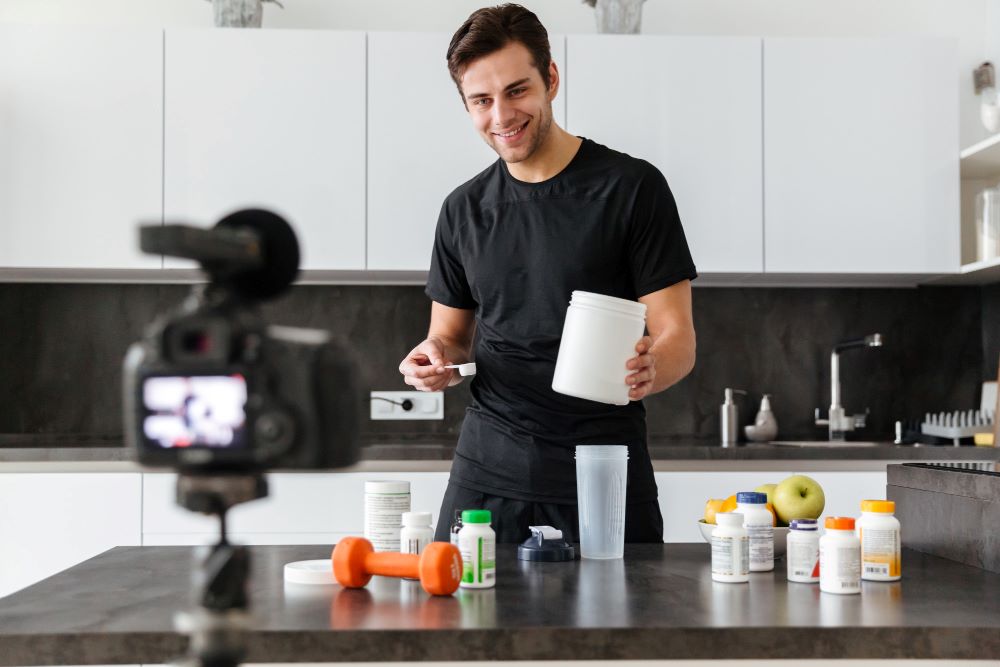When customers purchase a health supplement, they take time to read the label. They want to ensure the product they are buying will benefit their health. Supplement producers and manufacturers must know what to share on the label to encourage them to complete the purchase.
Health supplement producers must understand that this label plays a role in whether the consumer trusts the brand. When designing health supplement labels, it is also necessary to ensure that the labels comply with industry regulations. A well-designed label will capture the consumer’s attention and effectively communicate the product’s benefits.
Key Elements
Every supplement label must convey essential information to consumers. When designing this label, the manufacturer must ensure all elements support the overall message to build trust. The label should reflect the brand identity and align with the company’s values. A capsule supplement manufacturer often works closely with brands to make sure the design highlights safety, transparency, and product integrity. Their expertise helps ensure that the label communicates not only compliance but also credibility in a competitive market. Ensure the product name and benefits are displayed and the label complies with FDA and industry regulations. The label should also list all ingredients and any certifications and quality seals.
Colors
Entrepreneurs must carefully select colors for their supplement packaging. Consumers associate certain colors with specific traits. Green is often associated with nature and organic elements, while blue is often perceived as calming. Red should be used for supplements that boost energy and increase strength, while yellow is for mood-boosting supplements. Color choices significantly impact the consumer’s perception of the product, contributing to its overall shelf appeal.
Readability
Choose a font that is easy to read. Decorative styles can be challenging to read, so it’s best to stick with professional fonts. Consider the size and weight of the font in relation to the packaging. The product name and its benefits should be larger than other details.
Graphics and Images
Consumers like to see visuals on product packaging but only if they have a purpose. When using graphics and images on supplement packaging, select high-resolution images and graphics to ensure the product appears to be of high quality. Ensure these items don’t distract from essential information. Consider the layout when placing these images and leave white space so the viewer doesn’t feel overwhelmed.
Label Compliance
The FDA has established regulations for the labeling of supplements. Companies must comply with these regulations or face penalties and potential product recalls. The label must clearly state the product’s quantity, usage instructions, and the name and address of the manufacturer or distributor. A complete list of ingredients must appear on the label, along with any warning statements.
A supplement facts panel must also appear on the label. This panel provides information about the serving size, the number of servings in the container, the amount of each ingredient in a single serving, and the percent daily value.
Additional information must also appear on this label. The barcode and expiration date are required. Health claims may appear on the label, but they cannot state the supplement will treat, cure, or prevent any disease unless the supplement manufacturer has received permission from the FDA to include this information.
Pre-Designed or Custom Label?
Supplement manufacturers must decide whether to use a pre-designed label or invest in a custom one. Pre-designed labels are budget-friendly but may blend in with other products on the shelf. Custom labels come with a higher cost but are tailored to the brand’s specific needs. Consider both options when making this determination.
Effective supplement labels drive sales, so entrepreneurs should spend time creating the perfect label for each product they sell. A strong label encourages consumer loyalty and repeat sales. Carefully choose every element of the supplement label and see a better return on investment.


